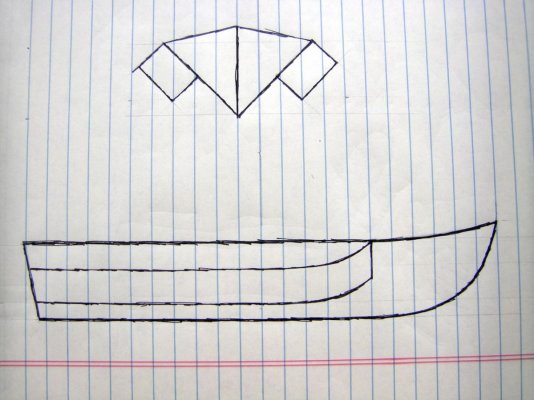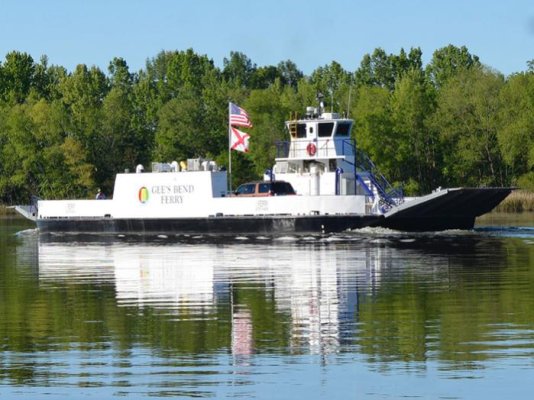Hey Star-L:
Great project. I hope to read all about it here as your project moves forward.
We will be back to our home in St. Petersburg (Weedon Island area) in the winter and perhaps we can look you up and see how your Gulfstar electric project is coming along.
We have two 235-watt panels on our upper deck, six Fireflys for house bank, and Victron controller. Two 60-hp gas outboards for propulsion. Also owned a Volt.
You have some imaginative, great cost-saving ideas. And the Tampa Bay area is the perfect place for a solar electric cruiser. There was an electric boat-builder that used to be based in St. Petersburg, too; we knew one of the owners.
Have you studied hull forms and understand that full displacement hulls, in particular those with rounded sterns, are the most efficient hulls (i.e. sailboat hulls)? I imagine you have, but decided to go the trawler route for more roof space for panels.
Our friend and marine electrician, Charlie Johnson, is working locally right now on refitting a large catamaran with a Torqeedo inboards/batteries/genny project. Those Torqeedo drop-in systems are wicked expensive, though. I can see your E-Gulfstar becoming a star in the St. Petersburg electric fleet.
Cheers,
Mrs. Trombley






